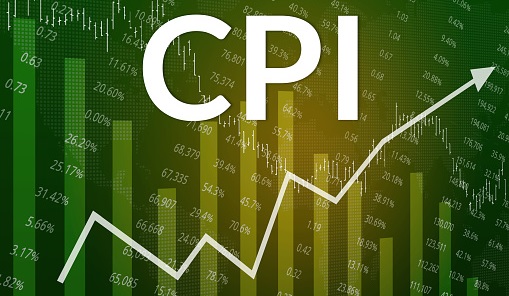Market participants look towards the release of the US CPI report this week as the main market mover, at a time when last month’s CPI started to show that inflationary price pressure may be easing.
This Tuesday’s release of the US’s August Consumer Price Index (CPI) will put this theory to the test. A far lower CPI number would likely have a big effect on financial market and also US policymakers.
Should we see a lower CPI number from the US we could likely see the US dollar index correcting much lower and the stock markets starting to rally.
Markets expect a decreased this month rising prices, with the sequential (month-over-month) CPI reading expected to fall by 0.1 percent. Additionally, year-over-year inflation rate to roughly 8.0 percent after a peak above 9 percent two months ago.
Core CPI, which filters out more volatile food and energy prices, may rise by 0.3 percent month on month. The year-on-year Core CPI rate is expected to come in around 6 percent.
Data suggests that energy prices likely declined by more than 6 percent on the month, while rental inflation is expected to be stickier through this month and into 2023, even if it does start to slow gradually.
Markets are pricing in nearly a 90 percent chance of a third consecutive 75 basis point interest rate hike from the Federal Reserve this month after Chair Powell’s speech last week.
The reality is that even if we see a softer-than-expected inflation reading this week, the Federal Reserve will likely stick with a 75-basis point hike this month. But markets will be more open to a less aggressive rate hike at the next FED meet.
Aside from the US CPI inflation report we also see CPI data being released from the United Kingdom this week and the release of the Australian jobs report for the month of August.
Inflation is a huge problem in the UK due to rising energy prices. This week CPI is expected to have risen by 10.2 percent. If this number comes to pass it will be another 40-year high for UK CPI.
This week the Australian employment report is expected to show that 50,000 jobs were created. Last month the Australian employment report showed a shock -40,000 decline. The Australian dollar will likely rally on a good number.




